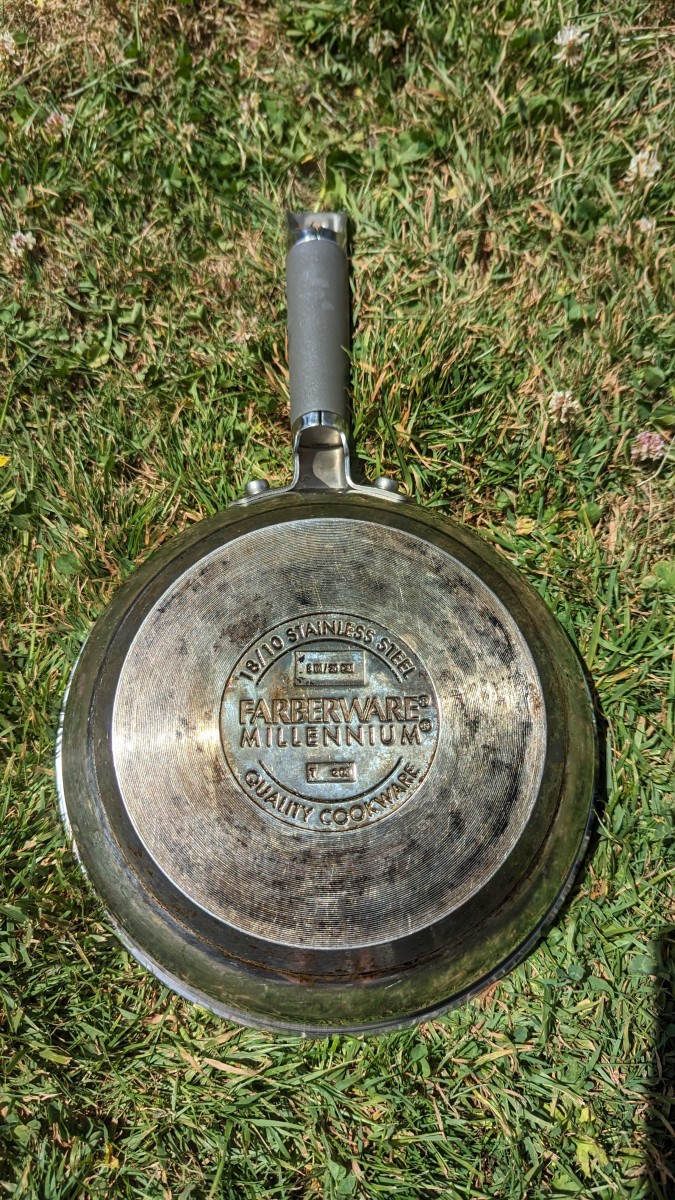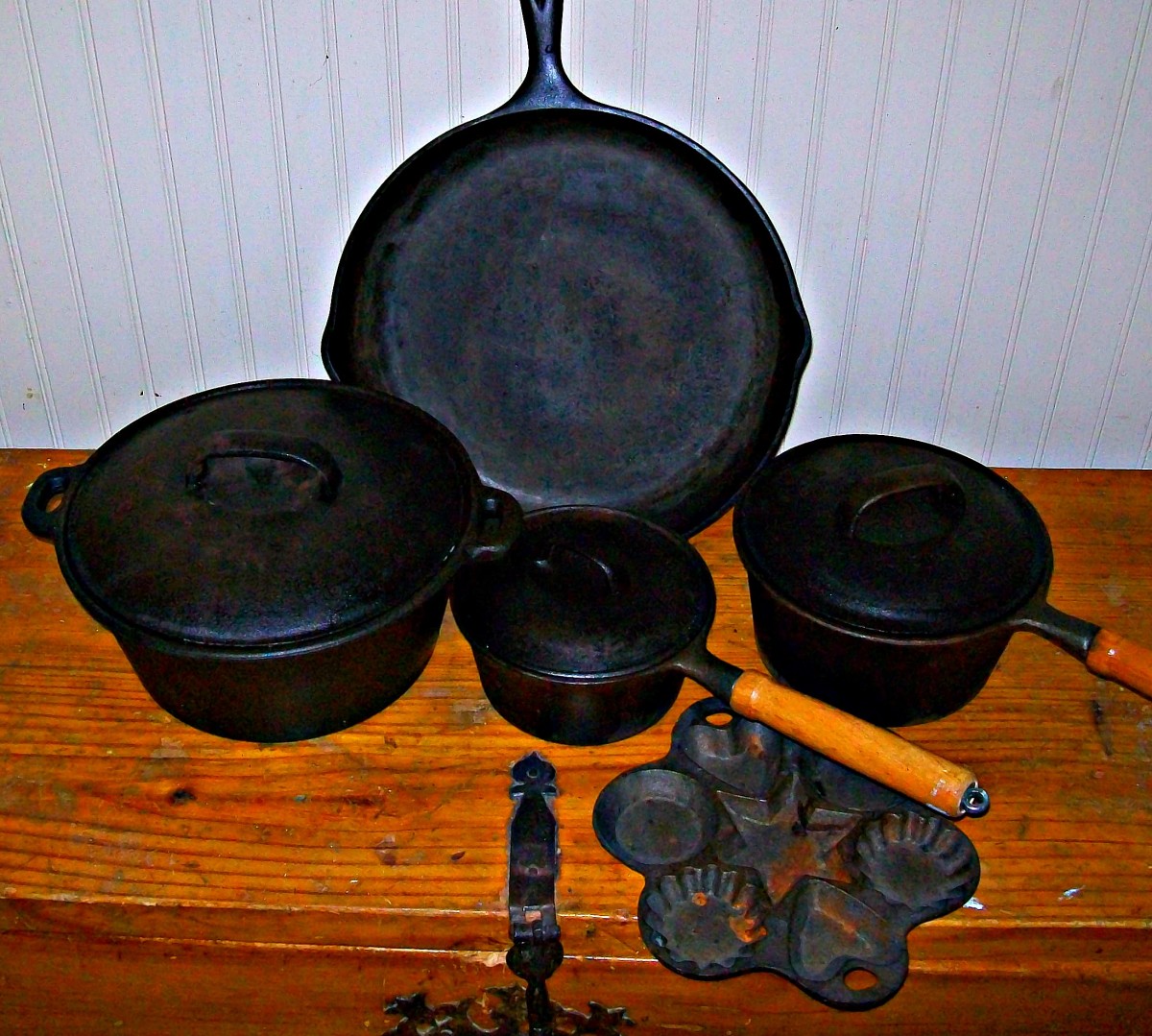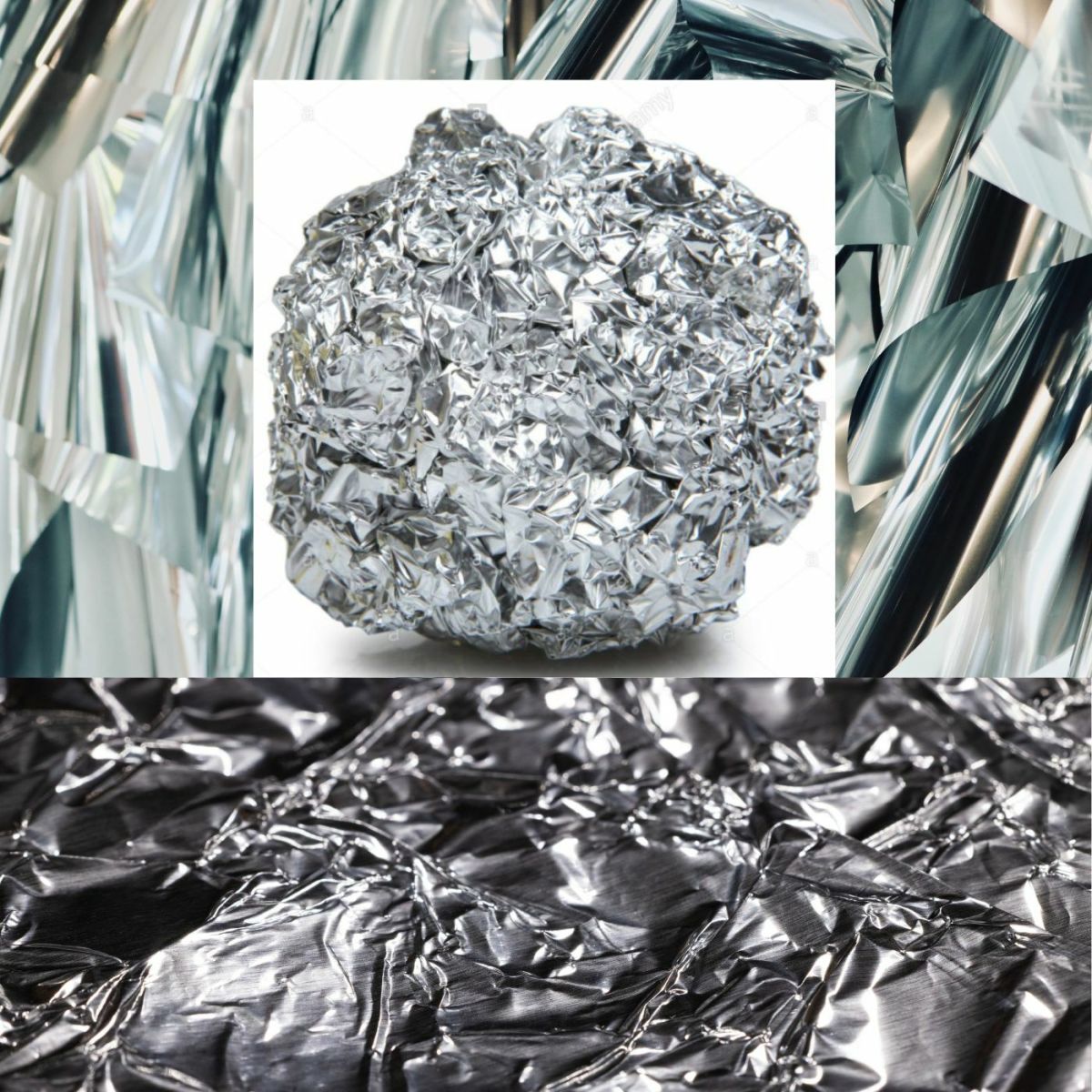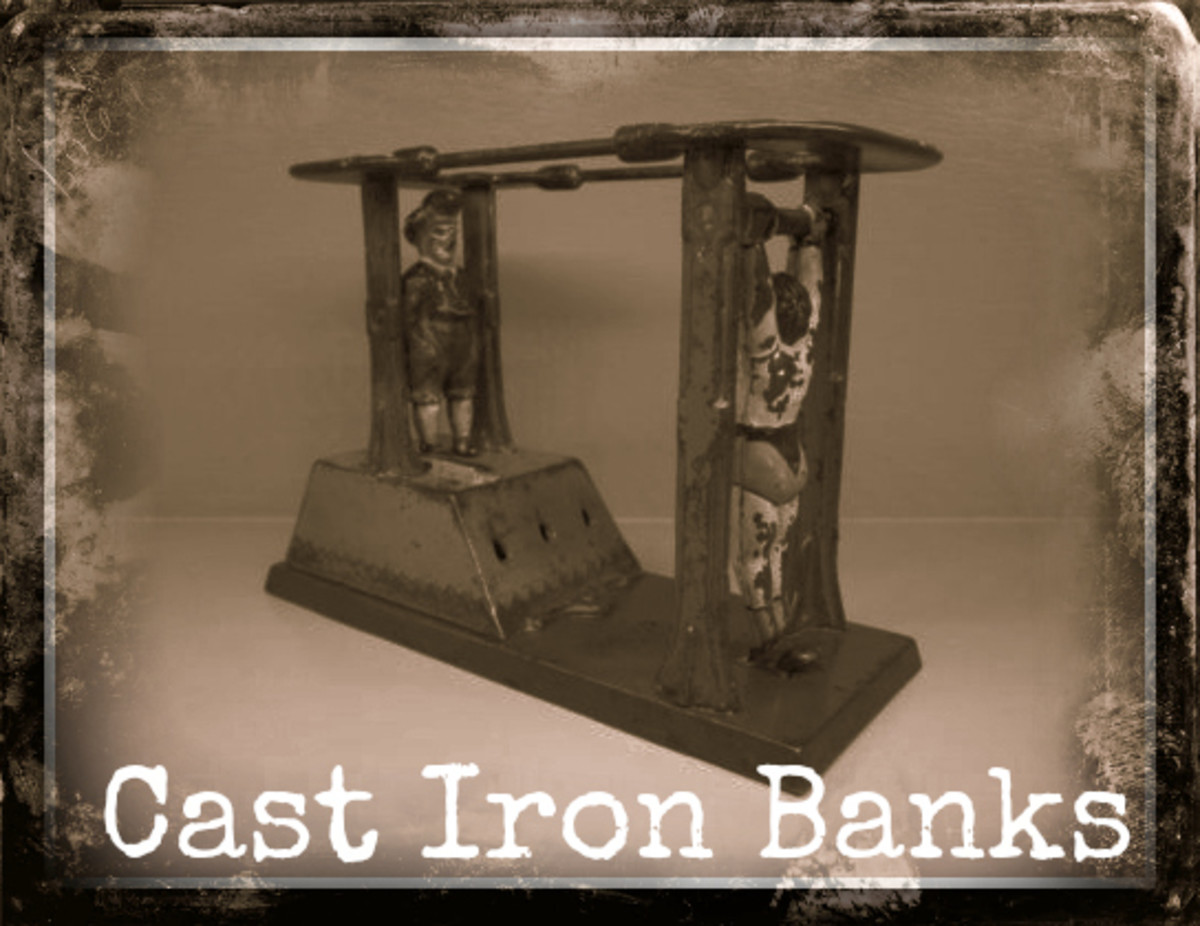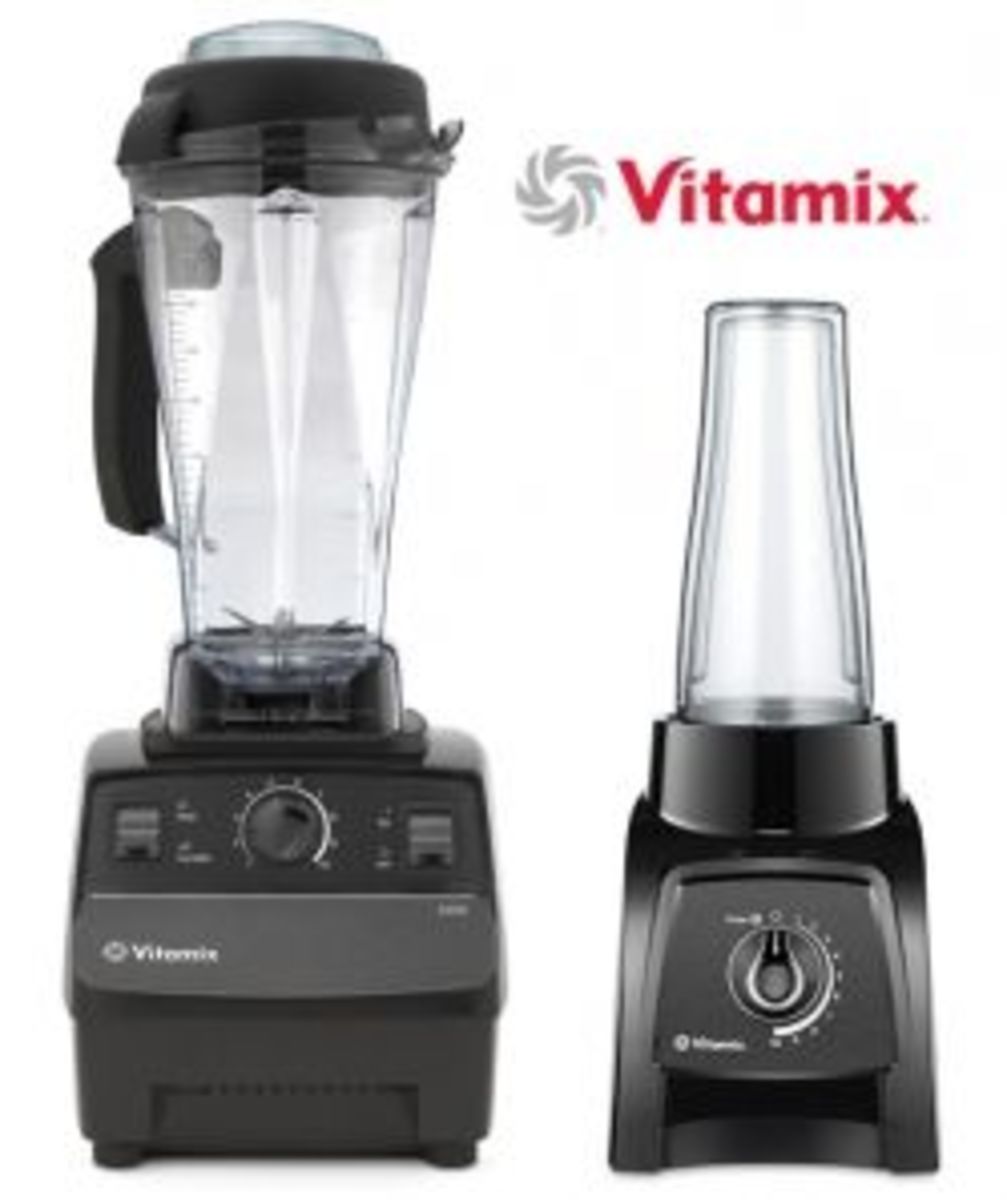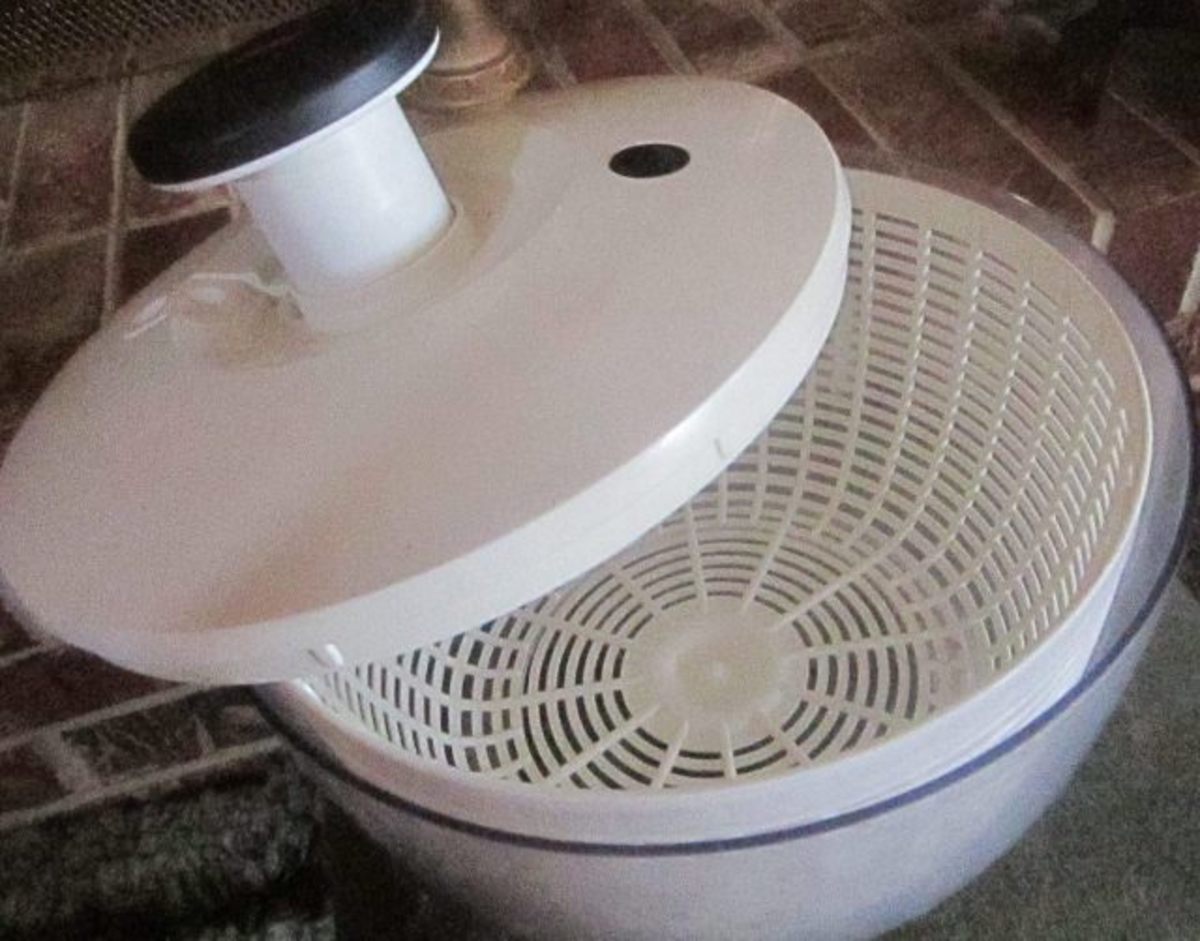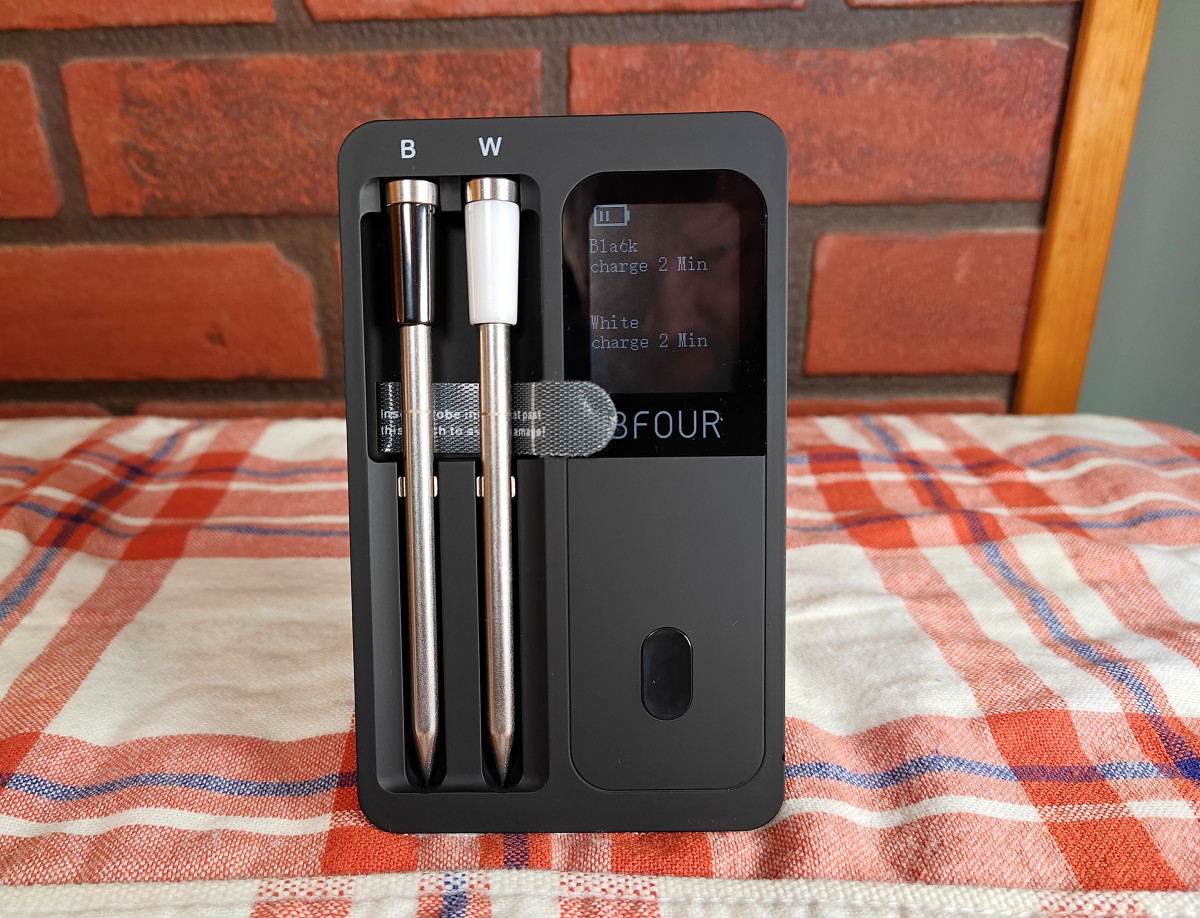How to Choose the Best Non Stick Cookware
Non-Stick Cookware Buying Guide
There has been a lot of concern in recent years regarding the safety of the various non-stick cookware available out there, as well as a lot of confusion over which type is best. Many of us look at the large array of materials and sizes available and wonder how to choose the best cooking pans that are right for us
- Is cast-iron best?
- Is Teflon safe to use?
- Which materials are easiest to care for and maintain?
This article will help you to make a decision about the right product for you!
There are 3 basic types of material when it comes to non-stick cooking: Teflon and other Non-Stick Coated, Basic and Enameled Cast Iron Pots and Pans and Hard-Anodized Aluminum.
Each has it's pros and cons as far as performance, convenience and health are concerned.

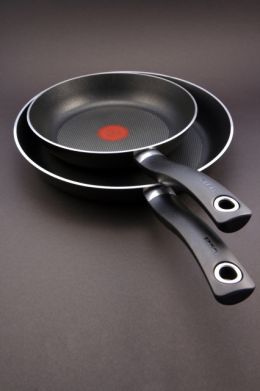
Teflon and Other Non-Stick Coating
Teflon
and other non-stick coated cookware is inexpensive and easy to find.
Because of the way that the non-stick coating is bonded to the
underlying metal of the pan, it can eventually scratch, peel or flake
off, especially if the pan is exposed to excessive heat or metal
utensils. Over time, even the best made Teflon and other non-stick
coated pans can wear out, especially if metal utensils are used during
food preparation and/or serving. Any scratches in the non-stick surface
can eventually lead to the Teflon coating flaking off and exposing the
bare metal underneath.
And where does that flaked-off Teflon go?
Into the food in the pan! According to the U.S. Food and Drug
Administration, there is no danger in consuming the trace amounts of
the non-stick material that can flake off of a pan over time. However,
when it reaches temperatures over 680 degrees Fahrenheit, Teflon
releases toxic perflurooctanoic acid (PFOA),
which has been declared a likely carcinogen by the Environmental
Protection Agency. If an empty non-stick coated pan is left too long on
the stove it can easily reach 700 degrees, and the toxic fumes that are
released from the over-heated pan have been known to kill pet birds.
For this reason, these pans are only recommended for low to medium heat
on the stove, and most are not oven-safe above 350 degrees F. It should
be noted that the makes of these coatings consider this type over
heating misuse of the cookware, and if used according to the
manufacturer's directions, well
made Teflon and other non-stick coated pans should be safe and long
lasting.
As far as maintenance, it's pretty simple. To protect
the non-stick coating, this type of pan should not be washed in the
dishwasher, but clean-up in the sink is easy since foods don't stick!
Only non-metal utensils should be used to protect the integrity of the
non-stick coating.
Do Non-Stick Pans Pose Health Hazard? From KCRA News, Sacramento

Cast Iron
Cast Iron is considered by many to be the absolute best material for cooking. It's been around since before the advent of electricity, and if you're over 30 years old your grandmother (and her grandmother!) probably used iron cast pots and pans long before current non-stick technology was invented. The density of Cast Iron holds heat better than any other cookware material, and the pans themselves can be used on the stove-top, in the oven, and even over open flames on your next camping trip! It tends to be much heavier than equivalently sized cookware made of other materials, but Cast Iron cared for properly can last for generations.
These pans are nearly indestructible if you take care of them properly, which leads to one of their greatest drawbacks - it can take a little practice to learn just how to take care of your cookware to maintain it's non-stick surface. All Cast Iron cookware requires seasoning before its first use, and re-seasoning naturally happens each time you use it. "Seasoning" cast iron cookware essentially consists of adding fat to the pan and then heating it so that the fat is absorbed into the pores of the metal. This build-up of fat over time is what gives iron cast pots and pans their non-stick properties and offers protection against rust. In order to maintain this layer of seasoning, Cast Iron cookware should not be washed with soapy water, but instead scrubbed with a nylon brush and immediately dried afterward.
As far as health concerns, Cast Iron may actually be the best cooking pans for you! Iron is an essential element that the human body requires in order to produce red blood cells. Any of the material that seeps off as the pan experiences normal wear and tear can even help assure that your family receives enough iron in their diets!
Also note that if the maintenance aspect of cleaning and seasoning cast iron cookware is your only drawback in choosing it, there are also Enameled Cast Iron pots and pans available - they aren't quite as non-stick as plain iron cast pots ans pans, but they have all the other advantages without all the hassle! Their main drawback is that they are often much more expensive than most other types of cookware on the market.

Hard-Anodized Aluminum
Hard-Anodized Aluminum is
the choice for many cooks who don't like the inconvenience or weight of
cast iron, or who have concerns about Teflon and other non-stick
coatings. During the anodizing process the aluminum is submerged in
acid and an electric current is applied to create a layer of aluminum
oxide. The acid is then cooled and the electric charge is increased to
create the thicker hard-anodized surface. This electro-chemical process
creates a non-stick surface that locks the aluminum away beneath a
scratch-resistant surface, so the underlying metal can't seep or flake
off into your food.
The resulting material is harder than steel and almost completely
non-porous, so food doesn't stick. Because the surface is so tough, it
is safe to use non-sharp metal utensils like spoons and whisks without
the risk of scratching or chipping that you would have with non-stick
coated cookware. Aluminum has excellent heat conductivity for even heat
distribution, and most high-end stainless steel cookware actually has a
core of aluminum beneath the stainless steel surface to improve
performance. Although there have been questions about a link between
aluminum and Alzheimer's Disease, these have never been proven to be
more than speculative. And since the aluminum core in Hard-Anodized
Aluminum cookware is encapsulated beneath the oxidized surface, the
actual aluminum doesn't react with food while cooking.

Add Stainless Steel to Your Kitchen
Every well-equipped kitchen should have at least one really good Stainless Steel Cooking Pan!
Learn how to choose the best Stainless Steel Cookware...
Conclusion
When trying to decide how to choose the best cooking pans that meets your needs, consider the following:
- For inexpensive everyday cookware that will be used only on the stove-top at lower temperatures, Teflon and other Non-Stick Coated cookware might be best for you
- For durable and versatile cookware that can move from stove to oven, Cast Iron or Enameled Cast Iron Pots and Pans may be the right choice if you don't mind the weight and maintenance issues involved in seasoning cast iron cookware.
- For the durability and versatility of Cast Iron with the convenience of Teflon, you can't do better than Hard-Anodized Aluminum!




